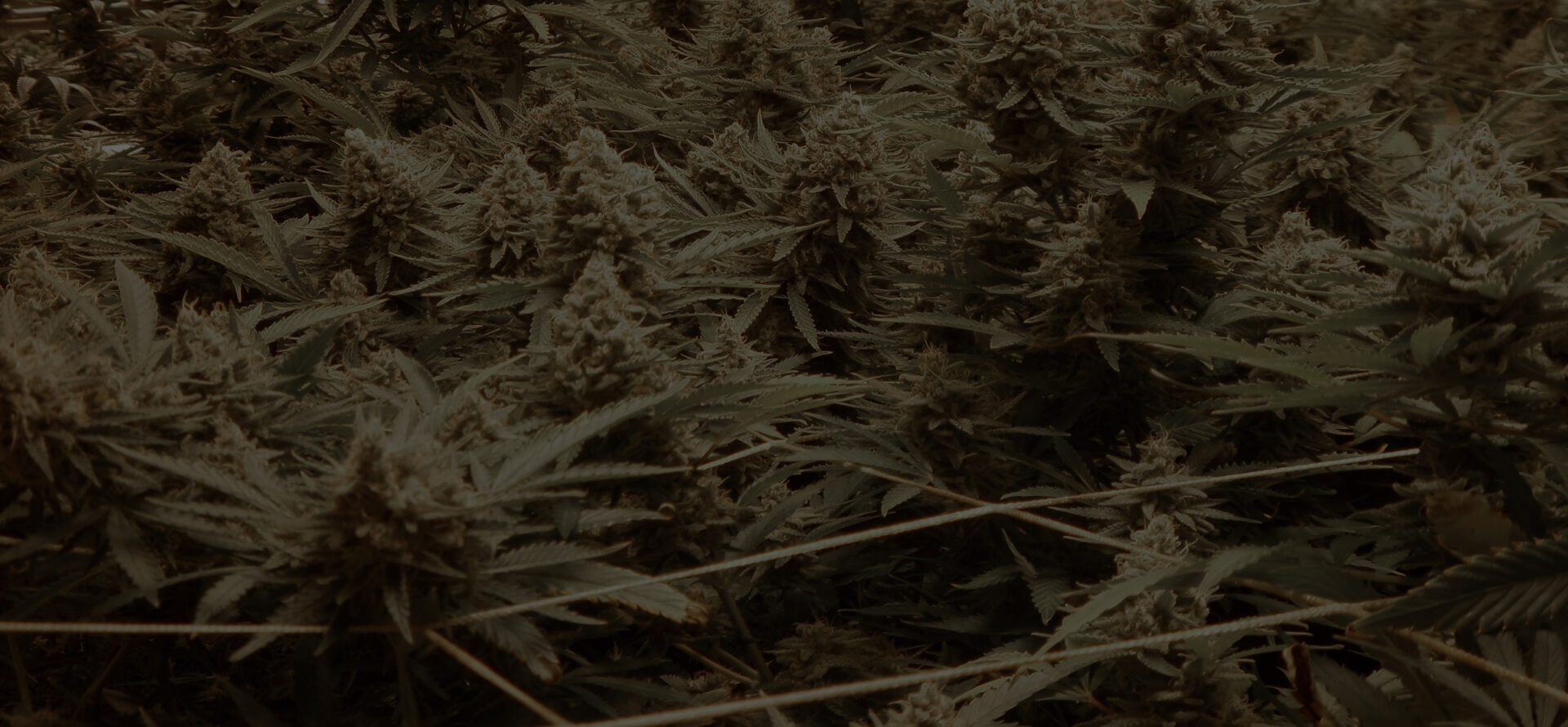SATIVA – FOR DAYTIME USE
Sativas have a high THC to CBD ratio that results in a floating and energetic feeling. The effects of sativa are mostly cerebral with patients reporting feeling focused, energized and inspired. Sativas provide significant pain relief for many symptoms and create feelings of optimism and well-being. Sativas work well with patients who are creative. Common strains of Sativa include Silver Haze, Sour Diesel and Blue Dream. Sativas are known for treating multiple sclerosis, Turette’s syndrome and glaucoma.
INDICA FOR NIGHTTIME USE
Indicas have a high CBD to THC ratio that results in a calm and relaxing feeling. Indicas provide overall body paid relief and works well in treatment of insomnia. Patients report indicas as relaxing, sleep-inducing, stress and pain relieving as well as being effect against nausea. Common strains of Indica include Hindu Kush, Master Kush and OG Kush. Indicas are known for treating anxiety, inflammation, schizophrenia, nausea and convulsions.


